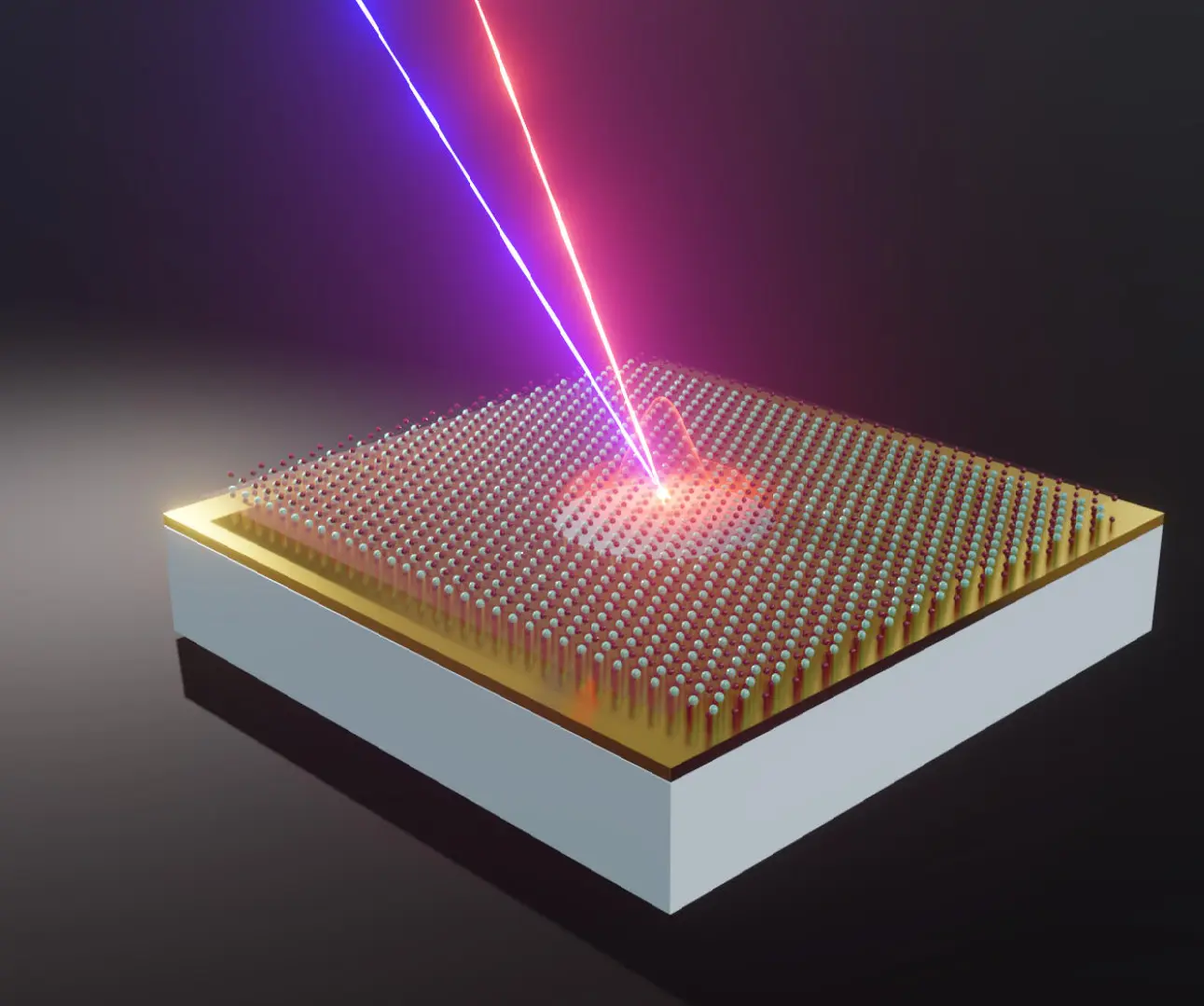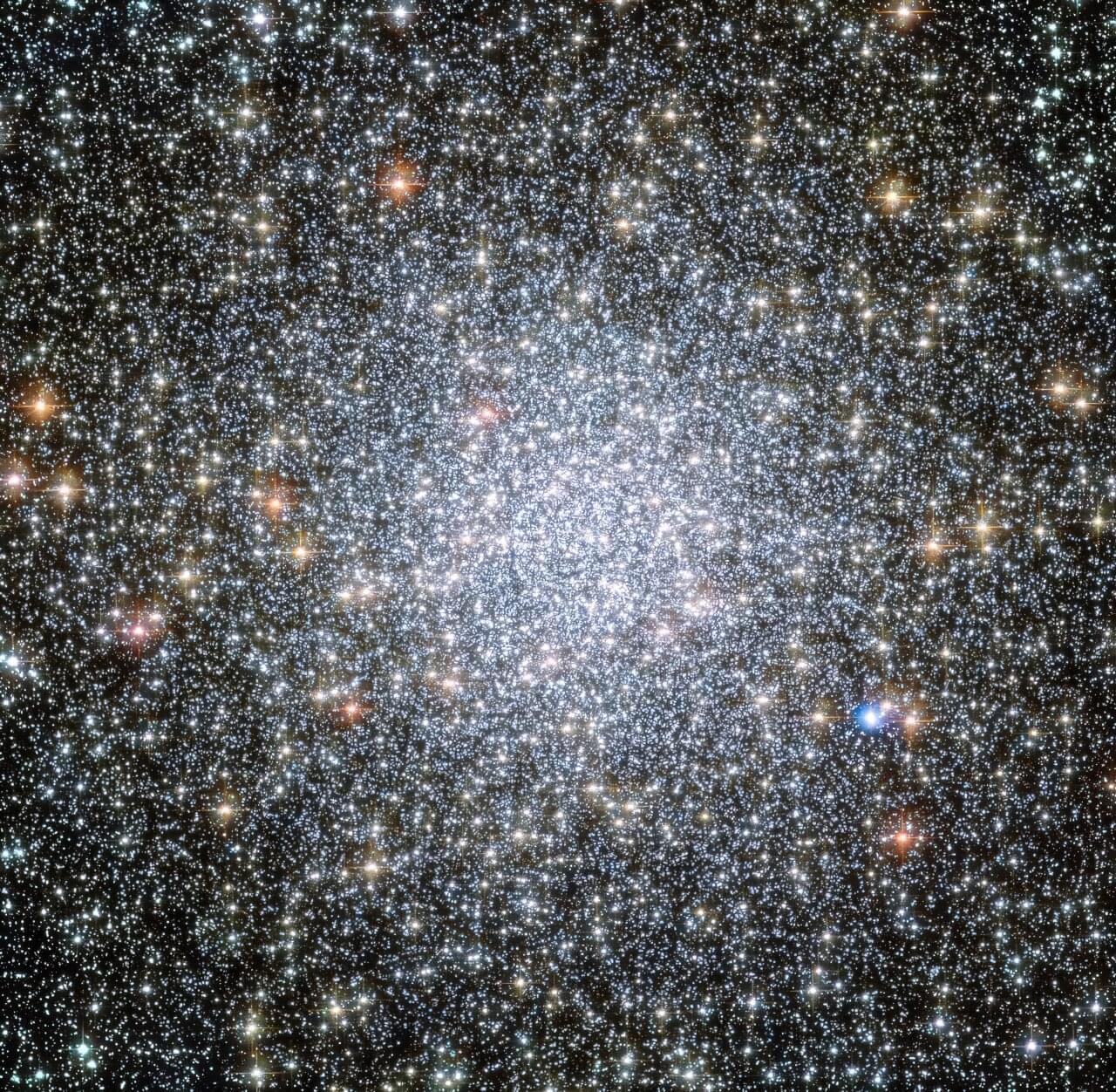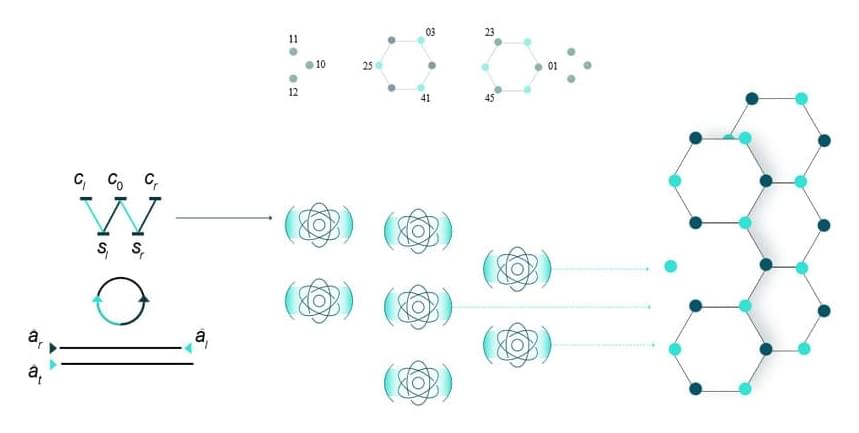A team led by ICFO clarifies the transport mechanisms of charge carriers in MoSe₂, identifying key parameters that influence their behavior in this atomically thin material, which is crucial for a range of optoelectronic devices.



Astronomers have studied the globular cluster 47 Tucanae extensively, but still have many questions. It may have an intermediate mass black hole in its center like Omega Centauri is expected to have. There are reasons to believe it may be the remnant of a dwarf galaxy that was gobbled up by the Milky Way, like other GCs. Also like other GCs, its center is extraordinarily dense with stars, and astronomers aren’t certain how far the cluster spreads.
Individual stars in 47 Tuc are difficult to observe because they’re so tightly packed in the center and because they’re difficult to differentiate from field stars on its outer edges. Can the Vera Rubin Observatory help?
Early data from the Vera Rubin and its Legacy Survey of Space and Time (LSST) were designed to test and refine the telescope’s system. But it’s still good quality data, and researchers are using it to not only understand how the Vera Rubin Observatory (VRO) performs, but also for concrete science results.





Van Leeuwen also cited the example of a group of chimpanzees at a zoo in the Netherlands in which one female started walking as if she were carrying a baby even though she wasn’t.
Soon, all of the females had adopted this walking style, he said. In addition, when two new females were brought into the group, the one that adopted the style swiftly was integrated quickly, whereas the one that refused to walk in the group style took longer to be accepted.
For Van Leeuwen, these behaviors are about fitting in and smoothing social relationships, just as with humans.


Researchers at the Harvard John A. Paulson School of Engineering and Applied Sciences (SEAS) and Technical University of Vienna (TU Wien) have invented a new type of tunable semiconductor laser that combines the best attributes of today’s most advanced laser products, demonstrating smooth, reliable, wide-range wavelength tuning in a simple, chip-sized design.
Tunable lasers, or lasers whose light output wavelengths can be changed and controlled, are integral to many technologies, from high-speed telecommunications to medical diagnostics to safety inspections of gas pipelines.
Yet laser technology faces many trade-offs—for example, lasers that emit across a wide range of wavelengths, or colors, sacrifice the accuracy of each color. But lasers that can precisely tune to many colors get complicated and expensive because they commonly require moving parts.
